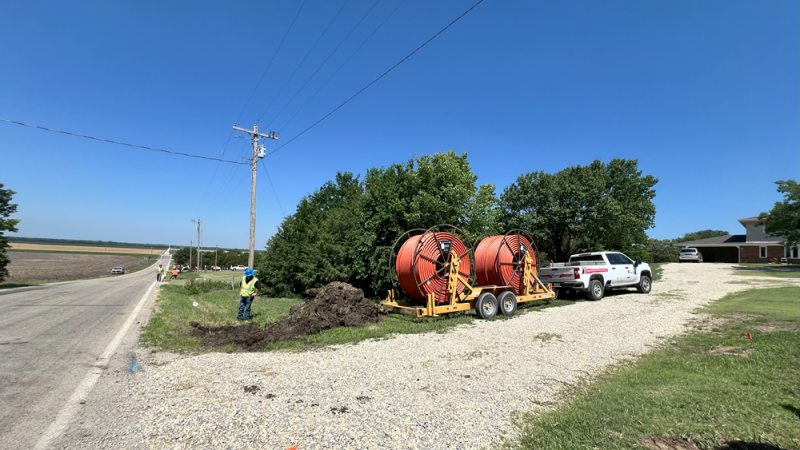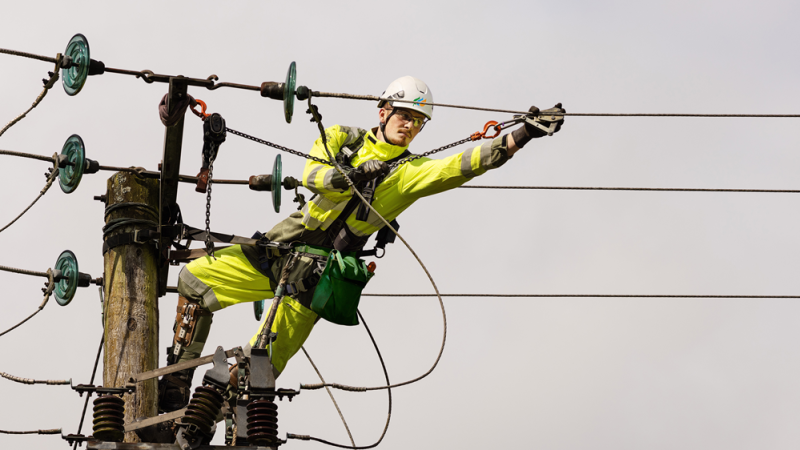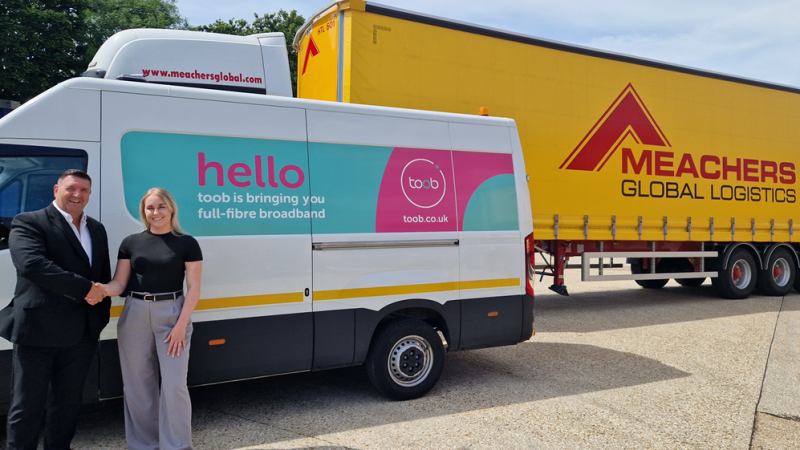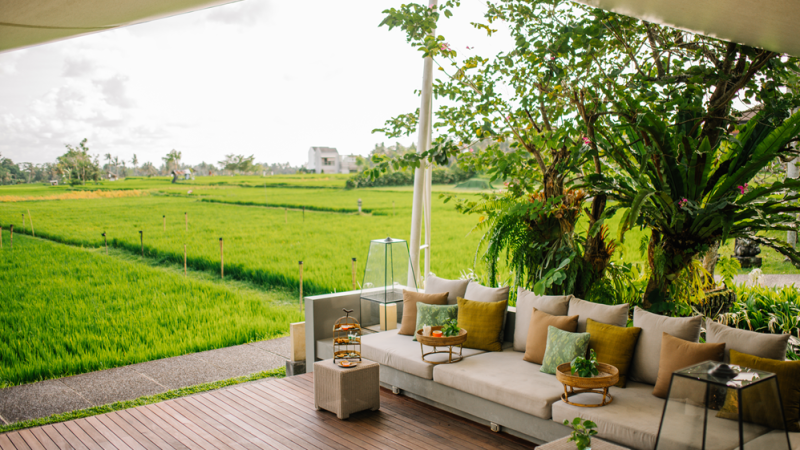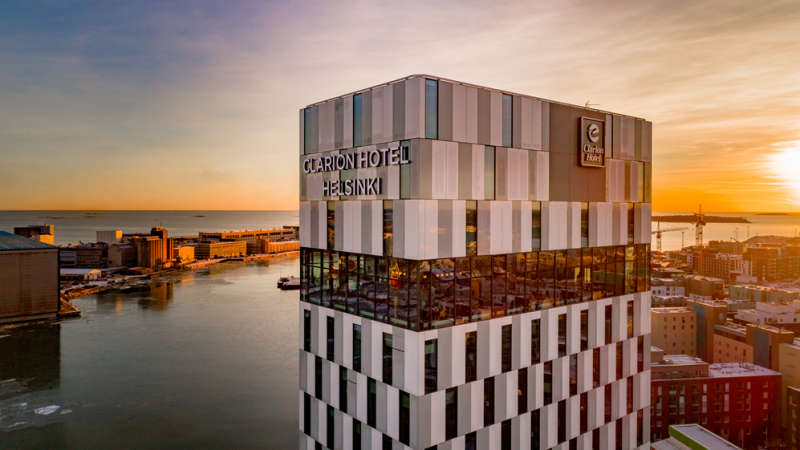TPBPHL is making strides toward the Philippines becoming a top global destination. While its breathtaking beaches, cascading waterfalls, and picturesque mountain ranges have long attracted travellers, the country’s tourism efforts now also focus on promoting its rich culture, heritage and history.
With 7,641 islands, the Philippines offers a diverse range of traditions and experiences, ensuring that each visit feels like a new adventure. Coupled with the innate hospitality of Filipinos, the country is quickly becoming a unique and exciting place to explore.
Among those leading the charge for this movement is Margarita Montemayor Nograles, Chief Operating Officer of the Tourism Promotions Board Philippines (TPBPHL). With her heart set on sustainable tourism, she is dedicated to uplifting communities through immersive experiences.
Since stepping into her role in 2022, Nograles has championed initiatives that not only promote environmental conservation but also support local communities, particularly in underserved regions of the country.
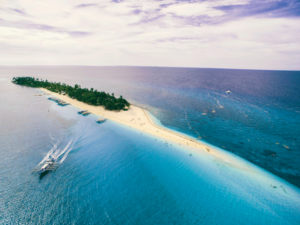 Boosting tourism
Boosting tourism
Describing TPBPHL’s work, she says: “We are the marketing arm of the Philippine Department of Tourism, in charge of 13 key markets around the world. Our mandate includes boosting tourist arrivals, increasing investment in tourism, and highlighting the Philippines’ diverse offerings.”
“A major part of our focus is growing the MICE (Meetings, Incentives, Conferences, and Exhibitions) market, where we promote the Philippines as a prime destination for international events, conventions, and forums.”
The organisation also works to appeal to the “new traveller” – someone who seeks deeper, more immersive cultural experiences, she affirms, Through campaigns, trade exhibitions, and sustainable tourism programmes, TPBPHL aims to foster growth in our local communities while positioning the Philippines as a top global destination.
“All these are fully aligned with the direction set by Tourism Secretary Christina Garcia-Frasco, whose leadership has been instrumental in guiding our work. I’m grateful for her trust; our team is fully committed to seeing her vision through.”
When speaking about current TPBPHL initiatives, Nograles highlights one of the organisation’s flagship programmes, the Philippine Travel Exchange (PHITEX) that in 2024 generated over PHP 396 million in sales leads – an increase of 14.4% from last year. “We have made it a more immersive experience by incorporating local talents and showcasing Filipino culture in a deeper way, in line with President Marcos’ vision for experiential tourism.”
The organisation also hosts MICECON, a major conference for stakeholders in the MICE industry, and has rolled out the Community-Based Tourism Enhancement Program, which includes capacity-building workshops for local communities.
“We’re empowering indigenous groups by teaching them skills such as digital marketing and product branding, ensuring that they can offer sustainable tourism packages that highlight their culture & heritage,” she says.
For local communities
Nograles’s contributions to the tourism sector have earned her numerous accolades, including the Community Impact Leader Award and Environmental Stewardship Award from the OFW Party List in partnership with the Buhay-OFW Foundation Inc.
Her advocacies, however, are not new. Long before her time at TPBPHL, Nograles was already active in promoting indigenous culture and communities as the founder and creative director of Kaayo Modern Mindanao, a brand born out of a desire to celebrate and preserve the traditional crafts of Mindanao’s artisan women.
She explains that growing up in Mindanao, she has always been drawn to the artistry and unique culture of the region’s communities. “When I founded Kaayo – which means kindness in Bisaya and also signifies the idea of giving our all – it was a way to highlight that rich heritage.”
“The brand was inspired by my mother, Mary Ann Montemayor, whose work promoting Mindanao’s culture and tourism influenced me deeply. She showed me the importance of supporting the artisans in our community and preserving their weaving traditions while making their creations more accessible to a broader market. Through Kaayo, we created wearable art that connected the local to the global.”
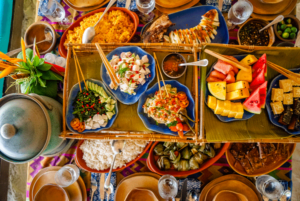 Philippines on the global tourism stage
Philippines on the global tourism stage
As the COO of TPBPHL, her work with communities continues, but now on a larger scale, she affirms. “I’m committed to showcasing the Philippines’ cultural and heritage treasures through tourism. All while empowering local women and driving economic development through sustainable practices.”
When asked about recommended trips for a typical visitor, who usually has only a limited amount of time to spend in the country, she says that given the rich variety of the Philippines, the possibilities are endless. To make this easier, the organisation has crafted customized itineraries with our private sector partners catering to every type of traveller.
“In Luzon, you could visit the iconic Bangui windmills in Ilocos Norte, explore centuries-old churches, and take in the stunning beaches and sand dunes. Over in the Visayas, divers can plunge into an underwater paradise, and Mindanao offers a wealth of artisanal culture and heritage to explore.”
“Our beaches are also world-renowned. Boracay and Palawan are world favourites but there are hidden gems in Negros and Siargao that offer equally stunning seaside escapes. And of course, our food culture is a reflection of our history – fresh seafood from coastal communities or farm-to-table delicacies from our rural heartlands.”
She further points out that many visitors choose to come back, specifically appreciating the unparalleled hospitality. “It’s something that stays with you long after you’ve left. Whether you’re exploring the country’s natural beauty or indulging in our rich food culture, the kindness and creativity of our people will make your visit unforgettable.”
A unique experience
Nograles says that TPBPHL is now gearing up for the Philippines’ participation in the World Expo 2025 in Osaka, Japan, revealing that its pavilion, titled “Woven,” will feature an interactive facade showcasing traditional Filipino dance and crafts, a World Expo first for the Philippines.
“Celebrating diversity, the facade also features 212 handwoven textiles from the largest collaboration of weavers on one project. Each piece tells a unique story reflecting each community’s rich heritage, tradition, and art.”
Circularity is a key theme for the Philippine Pavilion. Indigenous renewable materials are being utilized in the construction, while a “second life” is planned for the structure and exhibitions back home in the Philippines at the National Museum in 2025 after the World Expo concludes.
“We’ve also launched a global influencer programme to tap into the Filipino diaspora and showcase their unique stories. By collaborating with international influencers of Filipino descent, we hope to bring authentic Filipino experiences to audiences worldwide.”
Reflecting on the wider purpose of the organisation, Nograles says: “My mother always taught me that tourism is everyone’s business. It’s not just about the efforts of the tourism board or the government – it’s about the entire community coming together to promote our country. Only by working together can we truly showcase the best of what the Philippines has to offer, highlighting what makes us special – our people and our culture.”
As our President Ferdinand “BongBong” Marcos Jr. has said, ‘To foster the Filipino brand is to spark our sense of pride and reaffirm our strong sense of identity.’ That’s exactly what we’re aiming to do – to carry our Filipino brand to the world and share the richness of our identity.”

